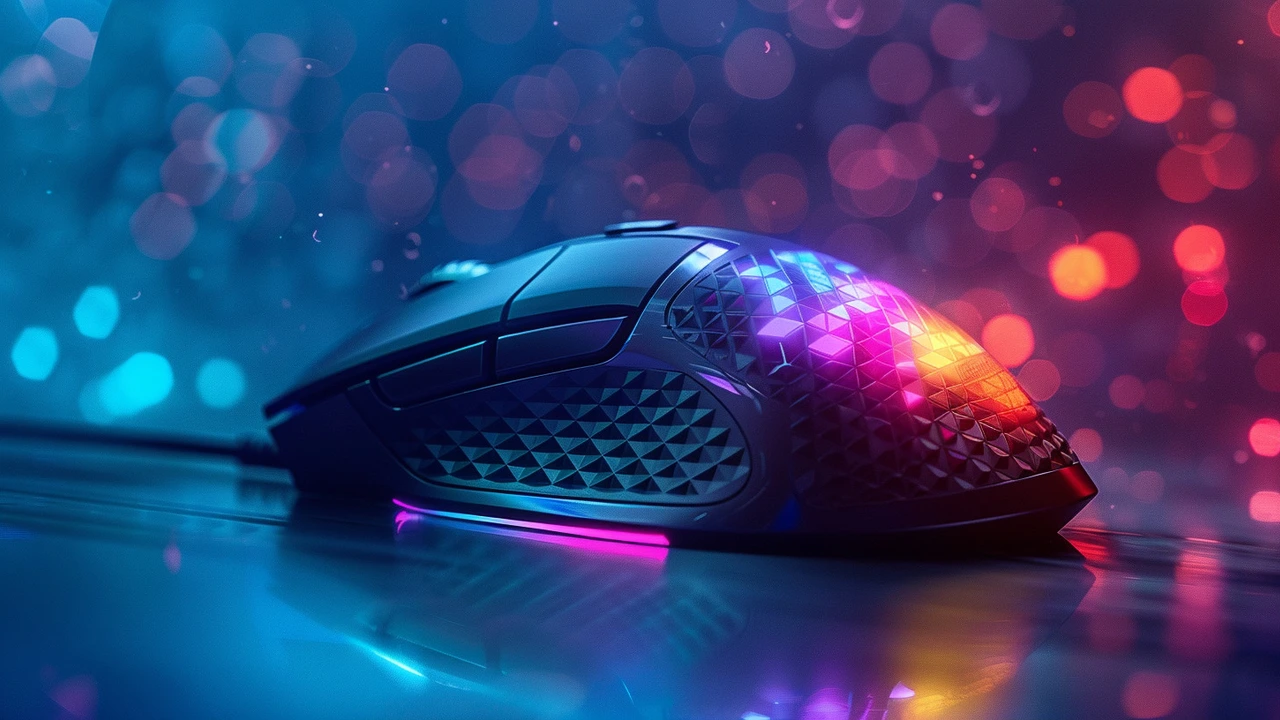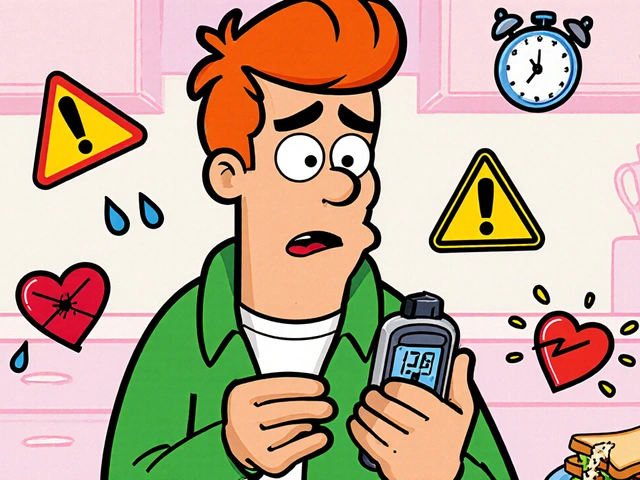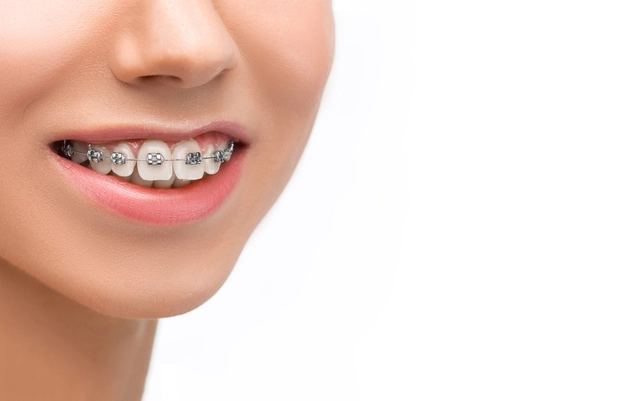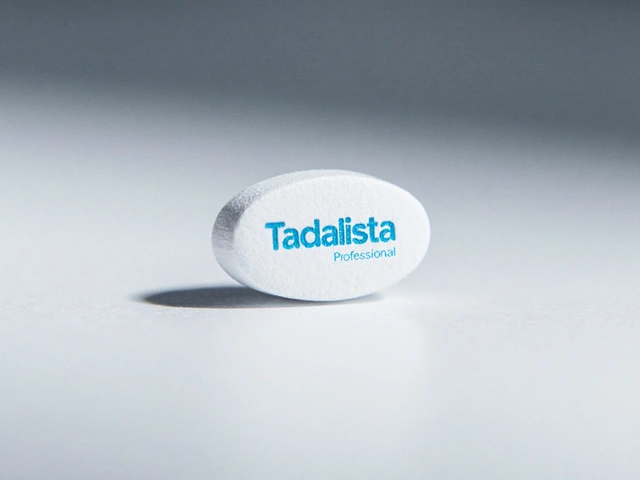Gaming Gear: Build a Setup That Feels Good and Plays Better
Buying gaming gear isn't just about flashy lights. The right mouse, keyboard, monitor, and chair all affect how you play and how your body feels after a long session. Pick equipment that matches your hands, desk, and habits — and add a few simple health habits to avoid pain and eye strain.
Comfort first: chair, desk height, and posture
A good gaming chair that supports your lower back beats a cheaper chair every time. Look for adjustable lumbar support, armrests you can move, and a seat height that lets your feet sit flat on the floor. Your desk height should let your forearms rest roughly parallel to the floor when typing or using a mouse. If your desk is too high, raise your chair and use a footrest. If it’s too low, consider a keyboard tray.
Posture matters more than brand names. Sit with a small gap between the back of your knees and the chair, keep shoulders relaxed, and avoid hunching. Take a quick stand-and-stretch break every 30–60 minutes to loosen hips and shoulders. Those short breaks reduce stiffness and keep you reacting faster in-game.
Performance gear that fits you: mouse, keyboard, monitor, headset
Mouse: Choose one that fits your grip. Palm, claw, and fingertip grips need different shapes. Aim for a sensor with accurate tracking at the DPI range you use. A lighter mouse helps with quick flicks; a heavier mouse can feel steadier for precise aim.
Keyboard: Mechanical switches give faster feedback and last longer. Try switches in person if you can — tactile, linear, and clicky feel very different. Consider compact layouts if you want more mouse room, or full-size if you need a numpad.
Monitor: For fast competitive games, prioritize refresh rate (144Hz or higher) and low response time. For immersive single-player titles, color and resolution matter more. If you need both, a 1440p 144Hz panel is a solid middle ground.
Headset: Comfort and mic clarity are the two big wins here. Memory-foam ear pads and a lightweight frame reduce fatigue. Test mic noise and clarity — a bad mic hurts team play even if the sound is great.
Other small gear: a quality mousepad, wrist rests, and cable management add comfort and cleaner movement. A monitor arm can free up desk space and make height adjustments fast.
Health-focused tips: use blue-light filters in the evening, blink more to prevent dry eyes, stay hydrated, and stretch your wrists, neck, and shoulders. If you deal with frequent pain, try short mobility exercises or talk to a healthcare professional about ergonomic fixes.
Final note: expensive doesn’t always mean better. Test things when you can, prioritize comfort and fit, and balance performance features with what keeps you healthy. A setup that feels good will make you play better and keep you in the game longer.





